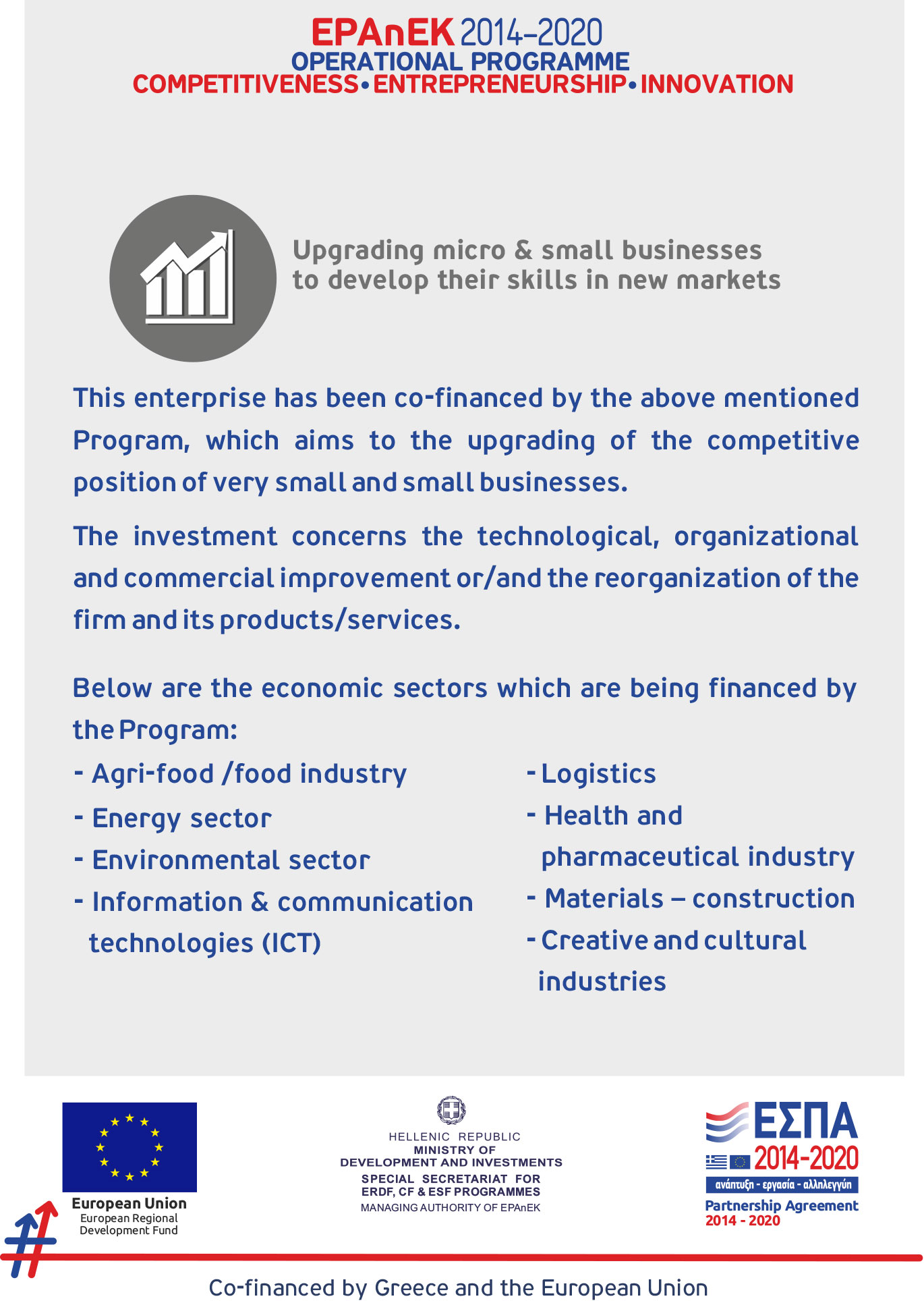1. Responsive Web Design. Website design evolves to capture visitors from all devices.
Commerce on mobile devices, like smart phones and tablets, is gaining ground every year. In most instances, the best way to serve those mobile shoppers is transitioning to responsive design. Responsive means planning your site to adjust gracefully to all screen sizes, and it’s the way forward in making the web more accessible to mobile users. An incredible amount of consideration goes into designing for responsive, and it is best to make your site as simple and intuitive as possible when catering users on any size device.
2. Social media advertising comes into its own.
Advertising and payment on social media is on the rise. With options to advertise in new ways on networks like Facebook, Pinterest and Twitter, it has become increasingly important to dedicate some of your budget to taking advantage of this space. In order to get more visibility in less competitive markets, many small businesses are taking to niche social networks like PolyVore, Wanelo and Houzz to reach the perfect audience.
3. Mailing Marketing Campaigns – Special Offer
Special offer emails can drive a serious amount of traffic and sales to your store. There are two ways to go about sending special offers:
1. Send your special offer when you are running a general promotion campaign for your ecommerce store. If you are promoting something on your site, your social profiles and via ads, then you’ll want to send that offer to your customer database as well.
2. Another way to implement special offers is based on timing for a new customer. Not everyone will be interested in your products at the same time (like in the promotional campaign mentioned above), but if you can determine that 75 days after the first purchase is a prime time for piquing someone’s interest again (asking, testing, and tracking are great ways to determine the best timing for your ecommerce business), then you can send up the time delayed special offers based on their last purchase date.
4. Coupons & Discounts
Everyone loves a good deal. Give your customers an extra “thank you” by adding a coupon code to their purchase confirmation or follow-up emails, or even including the code on your packing slips when you ship their products. You can personalize their offers with discounts on specific products or accessories that go well with the item they bought.
Connecting your promotions to the customer’s tastes and needs not only shows personal attention and effort, it gives them a relevant offer that they’ll be much more excited about using.
5. Blogs & Social Media
Blogs and social media give you more opportunities to interact with your customers than ever before, but you have to do it correctly or you risk turning off your audience and hurting your image. You can create Twitter and Facebook profiles for your store, but don’t use them for sales pitches. The most successful brands keep it personal, sharing tips and ideas just as a real person would. Same goes for your blog–use it to share customer success stories, helpful tips and thoughts on your products and your interests.
A great way to keep your blog and social media personal is to encourage your customers to share their stories and photos, which you can share with the rest of your audience. An active fan base is the best marketing department you can have.











